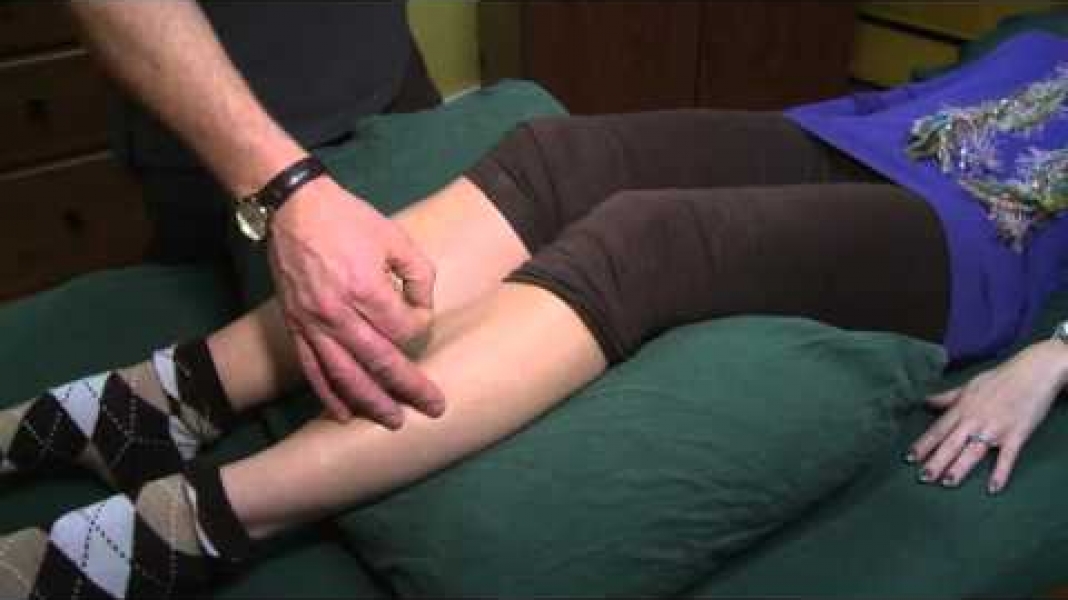
Of course, cost and the time you have available for a treatment are key factors; but if these are not issues, then how much time should you schedule, when, and how frequently? Let’s address each of these choices in turn.
How much time to book?
- A therapeutic focus on a particular area of the body, such as neck tension or shoulder pain usually requires working on the torso/back and even lower back as well, both front and back, since these are the regions that are related to the problem. Most massages like this can take the most part of an hour to focus on a few regions of your body.
- We can do shorter 1/2 hour massages, and they can be just right for a very well localized problem for an athlete coming in for some weekly maintenance, but often there is not much time to address the context of the problem in connected regions.
Also, a very well localized pain can often be caused by a more remote issue. For instance, carpel tunnel syndrome or tennis elbow, both issues with different forearm muscle groups, are usually made worse by postural problems at the desk or active sport/work, relating to issues of the shoulder, upper and lower back. Here the massage therapist needs about an hour to address the root issues with you. More importantly, you may need to make some adjustments in how you work at the desk or move in your activity/work/sport causing the problem; here our staff with kinesiology training can help you understand and address that too!
- For posture and back pain from sedentary desk work or over-work lifestyles: back issues, neck and hip, with combination of discomfort in legs & feet, arms & hands, usually all relate to general consequences of sitting at a desk all day, or doing repetitive physical jobs that result in inefficiencies or deficiencies in core stability. It is highly recommended to try our longer 80-minute massage here, so that not only the core areas of back and front are addressed, but also legs and arms, and sore feet and hands can be massaged as well.
- Again, our team can help you understand the problem and how to address implementing sustainable solutions into your week to create better stability. Whether it is developing an achievable exercise plan that makes sense to you, or by just taking the time to help you better understand the nature of your problem and helping you learn how to make micro-adjustments throughout your day.
- For a relaxation massage: Well, this has a lot to do with your own preferences and means — whatever length of time you find comfortable and you have the budget for! Interestingly, the sense of time changes during a relaxation massage, and an hour can seem like 10 minutes; or no time! This is why many clients who come over time tend to book more time, regardless if their physical therapeutic objectives (ie sore hips, shoulders, etc) can be achieved in a shorter time. Indeed, the therapeutic impact of relaxation can be underestimated, and this time for massage becomes part of some clients’ health plan, for mind and body alike.
When; what time of day?
Of course with our busy lives, deciding what time of day to get a massage is not an option for most people; you just try and get a massage when you have the time (if the massage therapist is available at that time). If you do have some choices, here are some considerations:
Relaxation massage should be scheduled for the end of your day when you can take advantage of winding down and resting for the evening and having a good night’s sleep. End of day appointments are usually not available last minute, so plan ahead and schedule this one with us well in advance. I have seen people come in for a lunchtime massage, and really not feel like going back to work after. Even for those who are coming in with clear, physical therapeutic objectives, having a massage can be really relaxing and not what you want to plan earlier in the day if you still want a productive day.
Sports or performance based objectives can be focused right after an endurance event or a workout to speed up recovery time. For an injury like a muscle stain, if it just happened, it is a good idea to give it a few days before getting a massage, and get it looked at by a physiotherapist first. Indeed, acute inflammation can be reduced with specific massage techniques that speed up recovery. The day before a big race or physical challenge can be another way to avoid injury.
How often?
Many people just come in when they have time if the pain or react to a problem when it becomes bothersome enough or stops them from functioning normally (“My back when out! or “I can’t shoulder check”). For chronic issues or if you have a clear therapeutic and functional objective, massages should be scheduled routinely, every week or two or three, depending on how it helps you progress toward less pain or better function or mobility. Your massage therapist cannot do all the work in one session, because you need to heal in between sessions, especially if there is some deeper scare tissue and mobility work done. Sessions to address an injury or chronic condition can be done in weekly succession and positively build on each other, with a better outcome than spaced further apart. You can discuss this with your massage therapist to make a plan.
In the end, it has a lot has to do with your own observations and assessment with how massage impacts you and what your goals are. Give us a call or talk to your massage therapist next time you are in if you have any questions about the right timing and time for your massage!




